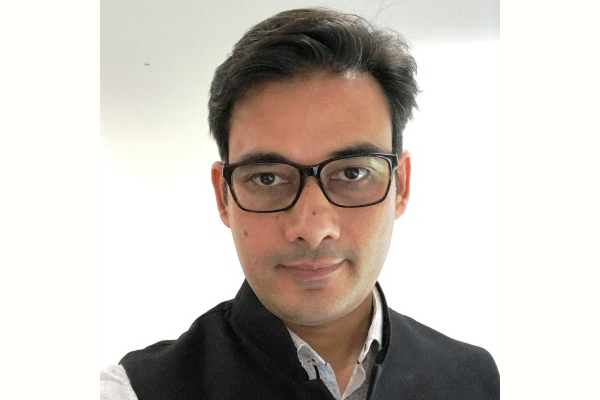
Elets Technimedia organised a three-day India Transformation Summit from July 10 to July 12. Arun Sharma, Director, Direct Benefits Transfer (DBT), Government of India addressed the session on ‘Using Digital Infrastructure and Technology for Better Governance’.
Mr Sharma began by bringing the extent of digitech percolation in India in the spotlight. He said, “Sometimes back there was statistics going around that we have the cheapest data cost in the world… All in all, we are a very deep and horizontally rich digital society.” The percolation or the penetration of Digitech is quite vast in our country, he added.
Adding on he said, “We have over 50 crore smartphone users. The penetration of phones in the country is about 160 percent in urban areas. However, in rural areas, the ratio is a bit less. Overall, there are about 80 crore mobile phones available in the country. And, most of these are smartphones.” India is the third-largest consumer of data after the US and China and most of this is for infotainment, he added.

Governments are largely going digital putting information and actions on the digital domain. Speaking on the wave of digital transformation in India, Mr Sharna said, “While proposing any new model there are two sides to it – demand and supply. The government has taken a lead on the supply side but on the demand side there are basic essential services, as it reaches the poorest of the poor section wherein people are not much used to gadgets and digital functioning so there is some gap. However, more the demand pushes the government is heading to revamp systems.”

Taking his words to Direct Benefit Transfer (DBT), Mr Sharma said, “There are about 400 plus DBT schemes from the Government of India. Under these, the money is directly transferred to the beneficiaries… Our idea now is to push these services and schemes to mobile phones. More and more of these services are now available on the Umang app.”
Also Read: Aatma Nirbhar Bharat Abhiyan will strengthen MSMEs, Rural & Tribal sectors: Nitin Gadkari
These schemes are categorised on the app for students, farmers, women and children and more. So this helps in easier understanding of the user to clearly know which service is applicable where, told Mr Sharma. Citing a few examples he added, “So, there are various services available, like for farmers, they can know where is the nearest seed shop, nearest CSC, nearest fertilizer shop, or can apply for various kisan schemes, etc. Similarly, a student can look for what scholarships are available and can apply for them, and more such services are available on the app.”
“As per estimates, on the Centre government level where the money is spent out of the Consolidated Fund of India, there are centra sector schemes where the money is completely given by the Centre like in the age aspect of NREGA, some aspects of the food scheme, scholarships, etc. Then there are sponsored schemes, where the money is shared by the Centre and the states. Mostly it is 60 percent, the Centre’s share, so that much amount is transferred to the state and then the state adds their share and that money id finally disbursed by the state government” In addition, he said, “Then., there are state schemes and district level schemes. So, the administration of these schemes decides – where the money comes from, who is the beneficiary and how the entire sum will be disbursed.”
Also Read: New Milestones of Progress being set up by the IT & Electronics Department in Uttar Pradesh
Elaborating on the provision on subsidies and transfer of benefits to the beneficiary, Mr Sharma said, “Once the beneficiary is identified, then the amount is to be calculated to him or her and the cash benefits are directly transferred to the beneficiary’s bank account by the department which enrols the beneficiary.” Moreover, once the money is calculated and disbursed to the banks, it becomes the bank’s procedure. All the transfers done are done through Public Financial Management System (PFMS).
Briefing on the DBT systems he said, “The beneficiary need not have to carry any debit cards for withdrawing the funds. The system can be accessed through biometrics. And, this is the world’s largest biometric financial system. During the COVID pandemic, the use of this system saw an increase of 200 percent.
Be a part of Elets Collaborative Initiatives. Join Us for Upcoming Events and explore business opportunities. Like us on Facebook , connect with us on LinkedIn and follow us on Twitter, Instagram.











